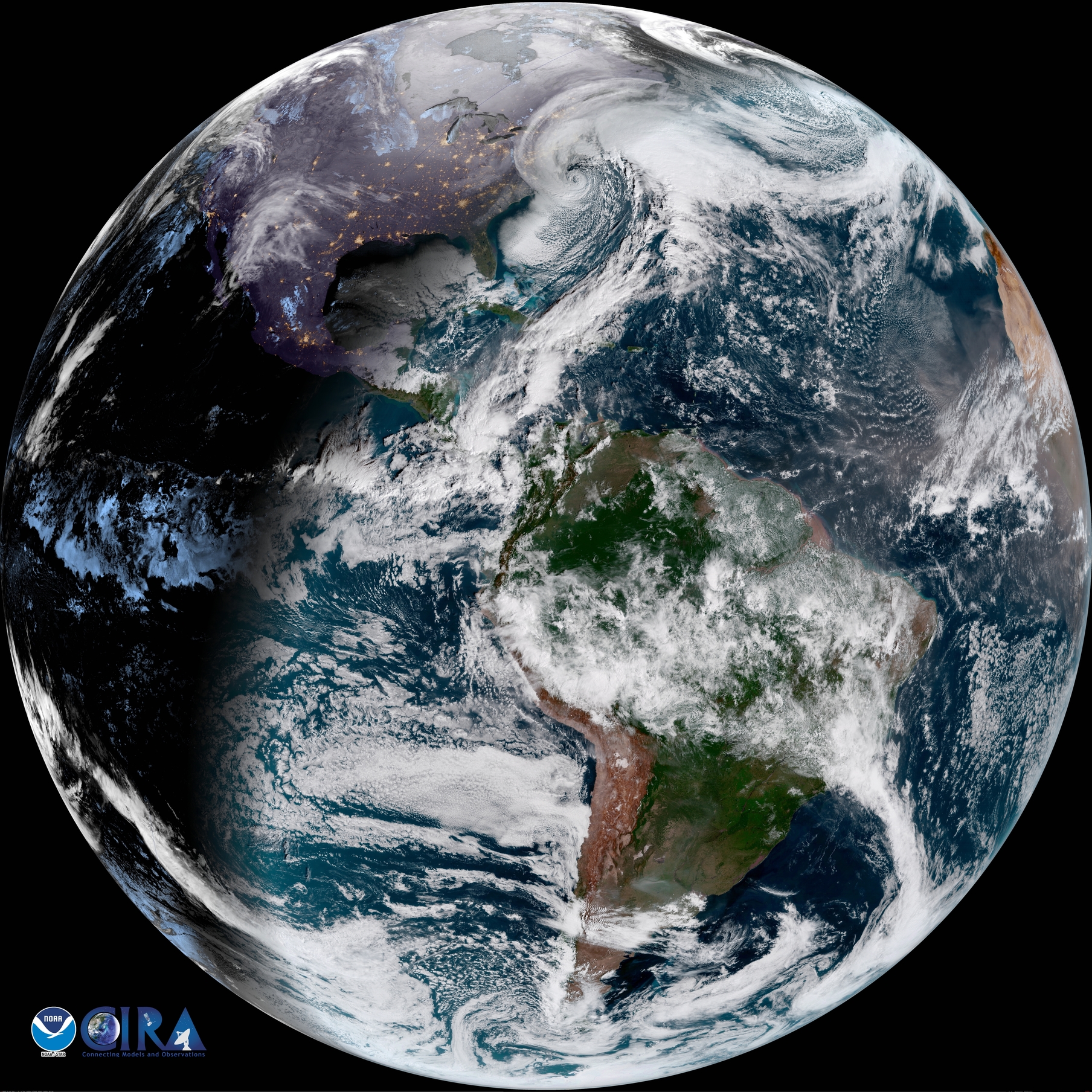Why Is NOAA's Brand-New, Billion-Dollar Weather Satellite Going Blind?

A very expensive satellite's first several months in space are going very wrong. The cooling system that the multibillion-dollar device needs in order to properly observe the atmosphere failed to start, leaving the satellite partly blind.
Named GOES-17, the glitchy orbiter is a brand-new National Oceanic and Atmospheric Administration (NOAA) satellite. It's the second in an $11 billion family of four high-resolution, state-of-the-art weather satellites that NOAA developed to replace the aging previous generation of geostationary skywatchers: GOES-13, GOES-14 and GOES-15. (GOES stands for Geostationary Operational Environmental Satellite.)
Each of the four satellites in this family has the power to observe Earth's atmosphere in unprecedented detail, with the potential to improve storm forecasting and other risk assessments. GOES-17's twin, GOES-16, was launched in 2016 and is already operational, its imagers trained on a region extending from the Americas to the west coast of Africa.
GOES-17, built to the same specifications as GOES-16, was launched in March with the task of monitoring weather patterns across the western United States and the Pacific Ocean. But, NOAA revealed in a May 23 statement, as the agency has taken steps to bring the satellite online while in orbit, a major problem has arisen. The cooling system for the satellite's Advanced Baseline Imager (ABI) — GOES-17's big eye for monitoring atmospheric winds — "did not start up properly," and the imager is spending about half of every day blind. [GOES-S: NOAA's Next-Gen Weather Satellite in Photos]
The ABI is meant to see light across 16 channels of the visible and infrared spectrum, NOAA engineers explained in a press call May 23. But to see properly, it needs to be very cold — 60 kelvins (minus 352 degrees Fahrenheit, or minus 213 degrees Celsius).
The ABIs on GOES-16 and the Japanese satellites Himawari-8 and Himawari-9, all built in the same factory as GOES-17 to the same specs, have all managed this task fine. But GOES-17's cooling system seems to break down during the hottest part of its day: midnight. Around that time, the ABI gets so warm that 13 of those channels — all necessary to map the heights of winds in the upper atmosphere — stop working. (Three visible-light channels keep working at the higher temperature, though.)
When geostationary satellites, which orbit at about 22,000 miles (36,000 kilometers) up, swing around to the far side of the Earth from the sun, they look down on a dark Earth. But up where they are in space, any cameras they have pointed at Earth will also point directly at the sun, which floods their internal components with its energy. GOES-17, three months into a six-month testing period, hasn't managed to properly cool down its ABI.
Sign up for the Live Science daily newsletter now
Get the world’s most fascinating discoveries delivered straight to your inbox.
"As you can imagine, [troubleshooting the satellite] remotely from 22,000 miles below only looking at the on-orbit data is a challenge," Steve Volz, NOAA's assistant administrator for satellite and information services, said during the call. "But we're used to doing this. We've done this in the past. But it is going to take some time to figure out what the cause is and whether there's similarities in any of the other instruments that we didn't notice before."
The engineers said that the ABI problem is alarming, but it isn't yet an emergency. The ABI still works about 12 hours a day, as do the satellite's other instruments. Even if it turns out to be a total bust, it won't leave any immediate gaps in weather-satellite coverage, the engineers said. Both GOES-13 and GOES-14, though near the ends of their design lifetimes, still function and have enough fuel to account for the GOES-17 gap until 2025. Similarly, Japan's Himawari constellation overlaps significantly with the GOES-17 coverage area.
Down the road, GOES-16 and GOES-17 will have two additional identical siblings, still sitting on Earth. GOES-T was intended to launch in 2020 and wait around in orbit until GOES-16 or GOES-17 needed replacing. GOES-U, scheduled to launch in 2024, would replace whichever of GOES-16 and GOES-17 died second.
Both satellites' ABIs have already been built, Pam Sullivan, NASA's flight project manager tasked to the GOES project, said in the call. That means that whatever flaw has sidelined GOES-17 could also affect the newer satellites, but it's not too late to fix either one. And in the future, it's likely that one of the two spacecraft will step in to replace GOES-17 — though perhaps a bit earlier than expected.
Originally published on Live Science.











